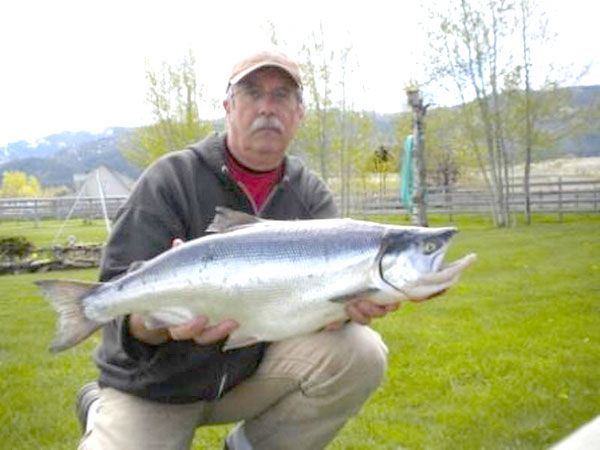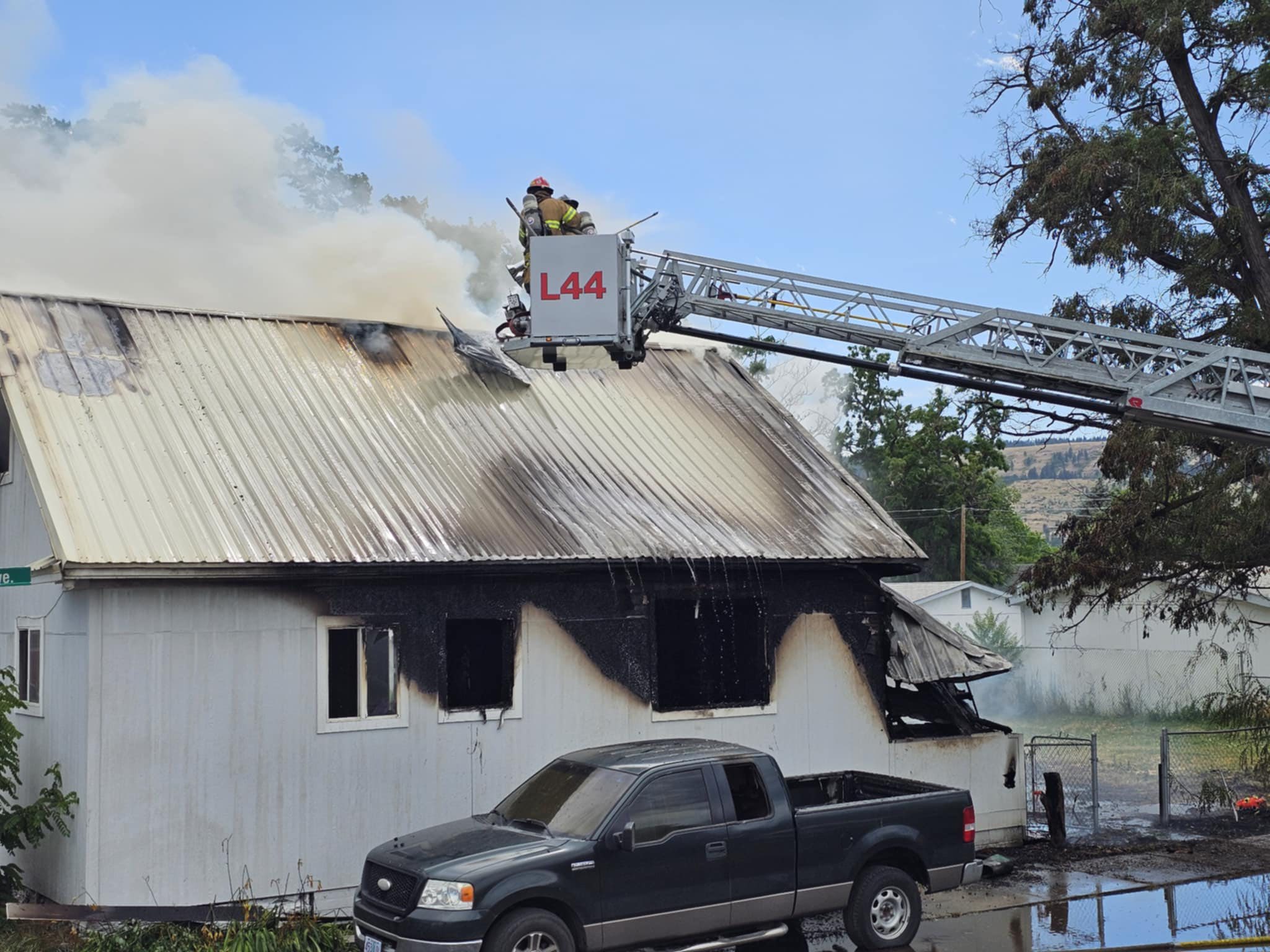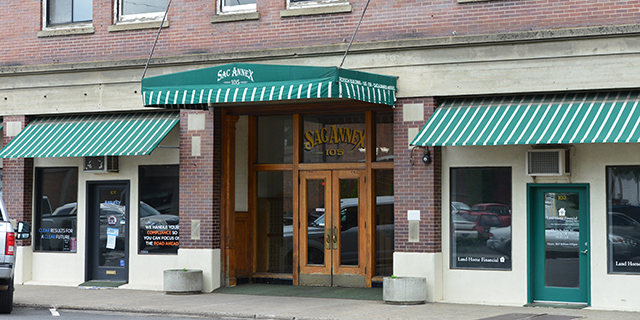Another monster kokanee caught at Wallowa Lake
Published 2:52 pm Wednesday, May 12, 2010

- Bob Both of Lostine muscled in this 8.85-pound kokanee while trolling Saturday at Wallowa Lake. The fish is 26 inches long and sports a girth of 17 1D4 inches. Both caught the kokanee on a green and red wedding ring spinner with a silver smile blade and shoe peg corn. The outfit also included Luhr Jensen bolo flashers. Submitted photo
LOSTINE – The record for the largest kokanee caught in Wallowa Lake, and possibly the country, is now held by Bob Both of Lostine.
The fish Both caught while trolling Saturday weighed 8.85 pounds, was 26 inches long and had a girth of 17 1andfrasl;4 inches.
Both and a friend started fishing at 5:30 a.m. and had boated three kokanee by 10. The wind picked up, so they trolled back toward the boat launch, Both said. On the way back Both hooked and boated a 21-inch kokanee. They decided to make another pass through the water they had just fished.
“I had seen other fish on a mini-fish finder,” Both said.
When he hooked the record-breaking salmon, Both said the fish did four aerials, jumping completely out of the water and dragging all of the flashers.
“I knew I had a special fish,” Both said.
He asked to borrow a digital scale from another fishing party on the lake. The fish weighed 8.14 pounds with the “on the water scale,” but the owner of the scale said it may have been a little light.
The kokanee was weighed officially at Mount Joseph Family Foods in Joseph at 8.85 pounds later that morning.
On Friday, Both had fished the same area and had caught five fish totaling 20.21 pounds. The biggest was 6 1/2 pounds. Before that, he hadn’t fished in a week and a half due to the wind.
Sometimes, kokanee fishing produces mere fingerlings of less than a half pound each in comparison to the record-breakers that have been coming out of the lake this year.
The last record-breaker was caught March 24 by Wan Teece. It weighed 8.23 pounds, was 26.25 inches in length with a girth of 16 inches. Just one month earlier, on Feb. 26, Gene Thiel caught a 7-pound 8-ounce, 25-inch kokanee that broke the previous state record.
“The last three record-breakers were caught by locals,” Both said, but the lake’s fame may increase visiting fishers.
Both caught the kokanee on a green and red wedding ring spinner with a silver smile blade and shoe peg corn. The outfit also included Luhr Jensen bolo flashers. His fishing rod was built by his father who never had a chance to use it himself. Both uses the same 8-foot, lamiglass graphite rod for steelhead fishing as he does for kokanee.
“We used to build all of our own rods,” Both said. “My dad taught me everything I know about fishing, except kokanee.”
Both has used his time well since retiring from the Forest Service to learn the ways of the kokanee in a 12-foot aluminum boat named Emily and the cheapest fish finder on the market.
“When it comes to fishing, high-tech doesn’t matter,” Both said. When jigging, he uses an anchor he fashioned from a dumbbell.
Both started fishing with his father and brothers on Clear Creek in Cameron County, Penn. When the family relocated to Kent, Wash., Both said, “we fished for salmon in the Sound, steelhead in the rivers and trout in the lakes.”
He lists the Toutle River in southwest Washington as his favorite steelhead fishery before Mount St. Helen’s erupted in 1980.
Kokanee are a landlocked sockeye salmon found in lakes all over the West. There has been a big hatchery influence, said Bill Knox, fisheries biologist at the ODFW office in Enterprise.
“They have been introduced to lots of lakes and reservoirs around the West. They are popular with fisherman because they are so good to eat,” Knox said.
Sockeye were native to Wallowa Lake historically, but were eliminated in the early 1900s, Knox said.
“The kokanee persisted after the sockeye were gone,” Knox said, “but the numbers were boosted by periodic hatchery stocking, which began in the 1920s. Currently, kokanee are not stocked in Wallowa Lake.”
In the mid-1960s, mysis shrimp were introduced to the lake and the kokanee have increased in size over the past few decades, Knox said. By the size of the fish boated this winter, Bubba may still be in there.
Knox said they didn’t see any size difference in fish size until the mid-80s.
“Initially we didn’t think mysis had established,” he said. “Historically, kokanee in Wallowa Lake were no bigger than 11 inches. Then we started seeing bigger fish. It took 20 years for the shrimp to establish so we could see a bigger size in kokanee.”
Both said he’s not 100 percent sure if he is going to have his trophy-size fish mounted.
“I think fish should be in the water or in my stomach,” Both said. “But, if it’s a record, it should be mounted.”









